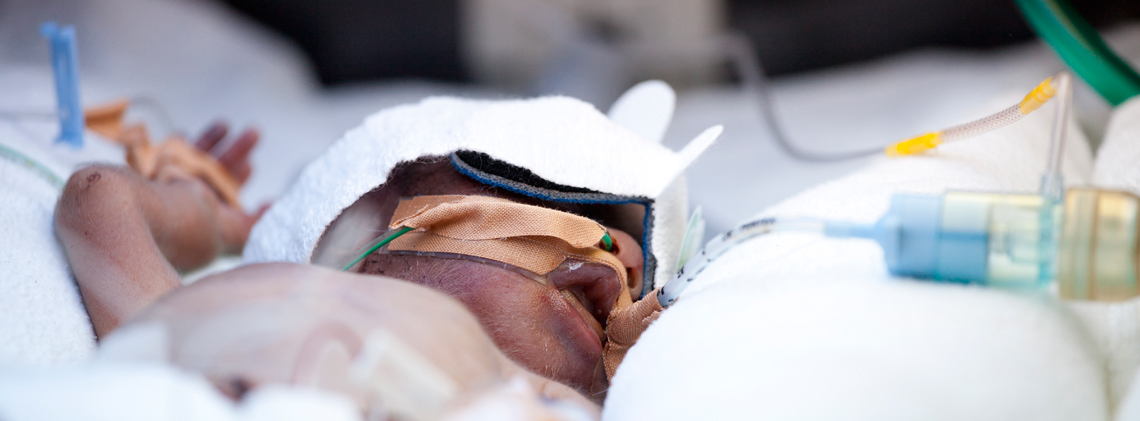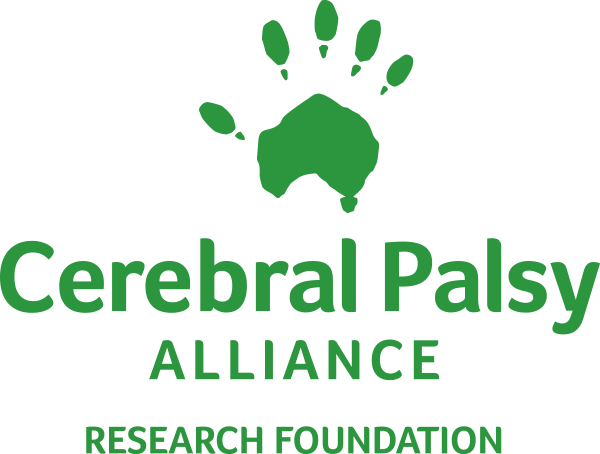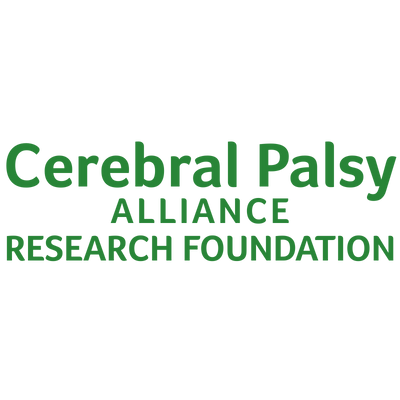
Cerebral palsy research is vastly underfunded, especially given how common this disability is. In the face of that, cerebral palsy researchers have made strides and advances over the last 10 years, paving the way for us to continue to change what’s possible for cerebral palsy.
We have given out grants totaling $44.4 million to date and robust private funding will help us attract the brightest researchers and advance promising science to the critical clinical trial stage. This means more researchers are starting to focus on cerebral palsy, and the more researchers we can attract, the sooner we can make a deeper impact.
We are delving into the prevalence and incidence of cerebral palsy in the United States to provide a current picture of the landscape — including the needs of the community and the economic stress they face. We expect to uncover data that will rev up the research community and inspire more scientists to study ways to help people with cerebral palsy.
We brought together the sharpest minds in the field at several international cerebral palsy summits to define strategies and fine-tune processes to fast-track scientific breakthroughs and illuminate knowledge gaps for further investigation.
Fulbright Scholar and CPARF team member Professor Iona Novak established Xcellerate, an American-Australian Cerebral Palsy Stem Cell Consortium, utilizing American stem cell researchers and Australian cerebral palsy registers.
We are globally promoting the General Movements Assessment, which enables health professionals to identify cerebral palsy in babies as young as three months. This means that children can get treatment sooner, and they can have the best possible start.
Administering magnesium sulfate to the mothers of babies born prior to 30 weeks can lessen the severity of infant brain injuries, and lessen the severity and occurrence of cerebral palsy.
Babies born at full term may be admitted to intensive care units if health issues arise after birth. If hypothermic treatment is used on them in these cases, it may lessen the severity and occurrence of cerebral palsy.
Congenital anomalies may be a more significant cause of cerebral palsy than originally thought. By linking data from various registries about at-birth conditions, we may be able to identify new causal pathways for cerebral palsy.

